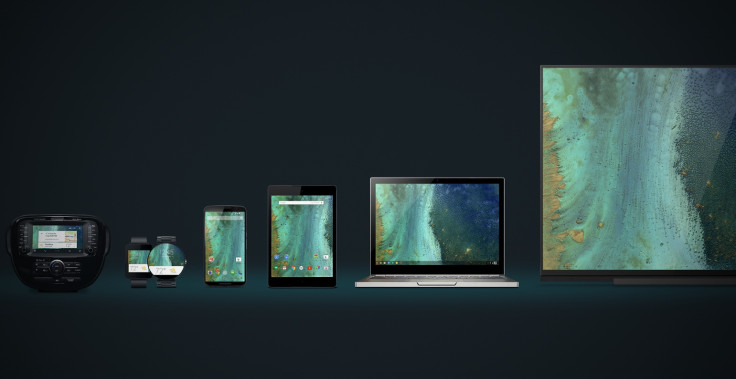How to get Android M Preview on Windows and Mac installing SDK

With the Android M Developer Preview SDK availability, you can explore a lot of things. More importantly, you can experience the new Android Developer Preview, which Google has made available for Nexus 5, 6, the 9in Nexus tablet and the Nexus Player, on PC including both Windows and Mac.
Following is a guide detailing how to set up and install Android M SDK emulator on PC. It also tells you how to download the latest platform tools and set up virtual image of Android M on PC. This is meant for developers who wish to test apps on Android M, but interested geeks can also check this out to get first-hand experience of Android M, ahead of the official release.
This is only an Android M SDK emulator for computers to try out the new features, but if you want the complete experience, you will have to wait until Google makes it official, as the emulator usually leaves out some of the hardware features.
How to set up and install Android M SDK emulator
Step-1: Download Android SDK installer (The following method uses Windows version)
Step-2: Install the Android SDK files to a safe location
Step-3: Go to the installed location and run SDK Manager application
Note: If you have downloaded the zipped version of SDK, go to the location where the zip archive is extracted.
Step-4: Wait for some time until the application is loaded and fetch all Android SDK packages
Step-5: Now select the packages you want to install. Here you need to select Android M (API 22) and Android SDK platform-tools (under tools). You might leave the Extras
Step-6: Click on Install packages. You should get on screen prompt to confirm packages you have chosen to install and agree to the License information to proceed
Step-7: Click on Install and wait for all the packages to download and install
Note: If you want Android Emulator only, you need to select SDK Platform and ARM EABI v7a System Image and install them.
How to set up Android Emulator for Android M
Step-1: Go to Android SDK folder and run AVD Manager. Click on Create
Note: Use default value for Max VM application heap. As Android supports variety of displays, you can explore with different devices by selecting in Device: dropdown
Step-2: Select the virtual device which you just now created and click Start
Step-3: Do not make any change under Launch Options and click on Launch button
Step-4: Emulator will start a few Command Prompt windows flicker. You should now see the following screen, with the Android device booting up, which will take about five minutes
Step-5: You should now see a screen saying Emulator has been successfully installed
Your Windows/Mac PC should now be ready to get started with the Developer Preview.
Source: Team Android
© Copyright IBTimes 2025. All rights reserved.





















